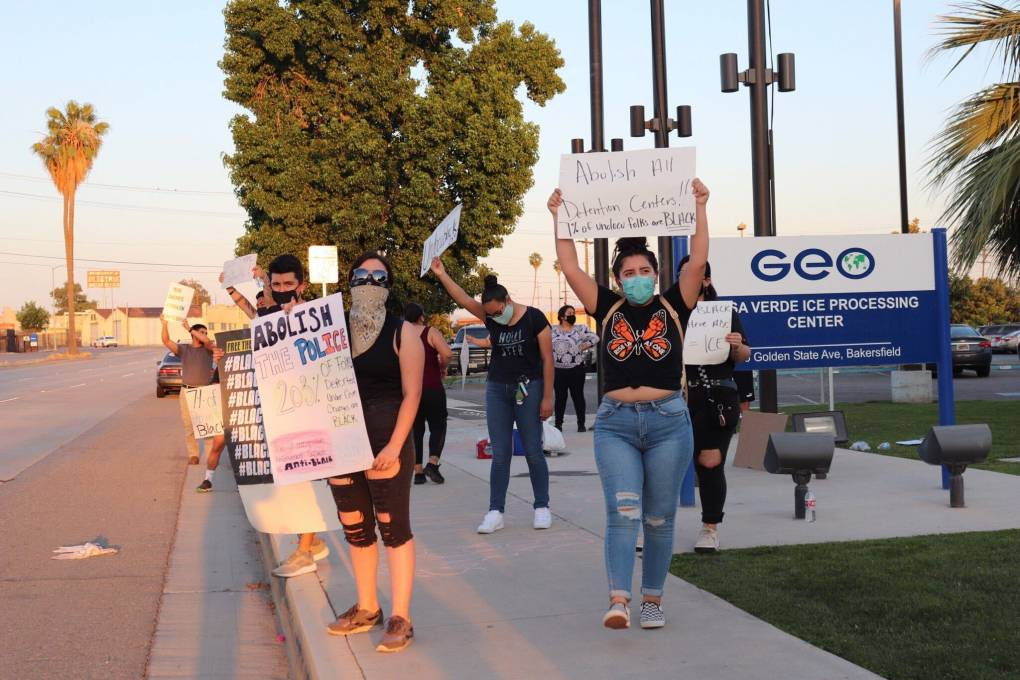Over 10,500 individuals were held in solitary confinement by ICE between April 2024 and May 2025. This is more than just a statistic; it reveals how often the U.S. Immigration and Customs Enforcement (ICE) agency uses solitary confinement, who is affected, how long people are isolated, and the risks to their mental and physical health. This article explores these findings, why they raise serious concerns, and what experts and human rights groups are calling for.
What the numbers show
A recent report from several advocacy and research organizations found that over 10,500 people in ICE custody were placed in solitary confinement during this 14-month period. The use of solitary confinement under ICE has steadily increased. Many of those isolated were vulnerable detainees, including people with mental health conditions, medical problems, and disabilities. The durations of solitary confinement are often long, sometimes lasting far longer than 15 days—the point at which many experts say solitary confinement can become a form of psychological torture.

Who is considered vulnerable
Vulnerable detainees are those who face higher risks when isolated. This includes people with mental health conditions such as depression, anxiety, or post-traumatic stress disorder. It also includes individuals with medical issues, disabilities, pregnant women, the elderly, and those who belong to marginalized populations like LGBTQ+ detainees. These groups often suffer more under solitary confinement, especially when their special needs are ignored and their isolation is prolonged.
How long are people held in isolation?
One of the biggest concerns is how long detainees are held in solitary confinement. The report shows many vulnerable detainees are kept in isolation for longer than previously reported. In some cases, the time spent in solitary confinement has doubled compared to earlier years. In certain detention centers, many placements last 15 days or more, with averages stretching toward about a month. Some detainees are held in solitary for 38 consecutive days or longer, which is especially concerning when it involves vulnerable individuals.
Health and psychological risks
Prolonged solitary confinement carries serious health risks. Experts warn that long periods of isolation can cause worsening mental health issues such as anxiety, depression, post-traumatic stress, and hallucinations. Physical health can also decline, especially when detainees with chronic illnesses or disabilities receive limited medical care in isolation. Isolation can increase the risk of self-harm and suicide. International bodies, including the United Nations, have declared that solitary confinement exceeding 15 consecutive days may be considered torture or cruel, inhuman, or degrading treatment.
Why the rise is so alarming
There are several reasons why the rising use of solitary confinement by ICE is deeply concerning. First, the scale of this practice is huge and growing. Over 10,500 people in just over a year is a large number for such a severe measure. Second, vulnerable people are being disproportionately affected. When people with mental illnesses or medical conditions are placed in isolation, even short stays can be extremely damaging, and longer stays only increase the harm. Third, there is often a gap between ICE’s policies and what happens in practice. While ICE policies say solitary should be used rarely and only when necessary, reports suggest it is sometimes used as punishment or retaliation. Lastly, there is insufficient oversight and transparency. Although data reporting has improved, it remains incomplete and flawed, making it difficult to fully understand the extent of the problem.
Examples and real stories
To get a clearer picture of what these numbers mean, consider some examples. In several detention centers, many detainees have been placed in solitary confinement for retaliatory or arbitrary reasons, such as filing complaints, asking for basic needs like showers, or reporting abuse. Vulnerable detainees with mental health diagnoses have been held in solitary for weeks without adequate therapy or support. Others have experienced stays exceeding a month, far beyond international human rights standards.
Legal and ethical standards
Various legal and ethical standards address the use of solitary confinement. The United Nations has stated that solitary confinement beyond 15 days may constitute torture. ICE’s own policies require that solitary confinement be used only when absolutely necessary and not as punishment. Immigration detention is a civil matter, not a criminal one, and detainees have rights that protect them from cruel or unusual treatment. Despite these frameworks, reports suggest that ICE’s use of solitary confinement sometimes violates both internal policies and international norms.
What experts and advocates are calling for
In light of these findings, human rights groups, medical professionals, and legal experts are calling for urgent changes. Their key demands include limiting or eliminating the use of solitary confinement, especially for longer periods exceeding 15 days. They also call for a ban on solitary confinement for vulnerable populations such as people with mental health issues, pregnant women, and those with disabilities. Improved oversight and transparency through better data collection and public reporting are also essential. Alternatives to solitary confinement, such as increased supervision, mental health support, and conflict resolution, are being urged to replace isolation as a first response. Additionally, stronger legislative or judicial checks are needed to ensure accountability and compliance with human rights standards.
Why you should care
Even if you are not directly affected by ICE detention, this issue matters. The widespread use of prolonged solitary confinement raises serious human rights concerns. Psychological harm from isolation often does not end with release but can have lasting effects on individuals, their families, and communities. It also undermines public trust in justice and legal systems and damages the nation’s reputation on the global stage.

The way forward
Addressing ICE’s use of solitary confinement is not just about policy changes—it is about restoring dignity and humanity to those in custody. Some possible steps forward include independent investigations into detention centers, training ICE staff in mental health awareness and trauma-informed care, ensuring detainees have access to medical and psychological services, and limiting funding that enables solitary confinement as the default approach. Redirecting resources toward less harmful alternatives is key to reducing harm.
Conclusion
The use of solitary confinement by ICE from April 2024 to May 2025 has been widespread, often involving vulnerable detainees and prolonged isolation periods. The evidence points to growing psychological and physical harm resulting from these practices. While ICE policies set limits on solitary confinement, real-world use often contradicts those rules and violates international human rights standards. Reducing the use of solitary confinement, protecting vulnerable populations, increasing oversight, and promoting alternatives are urgent priorities. The human lives behind the numbers demand meaningful change.
Do Follow USA Glory On Instagram
Read Next – Charlie Kirk Killing: National Reactions, Political Fallout






